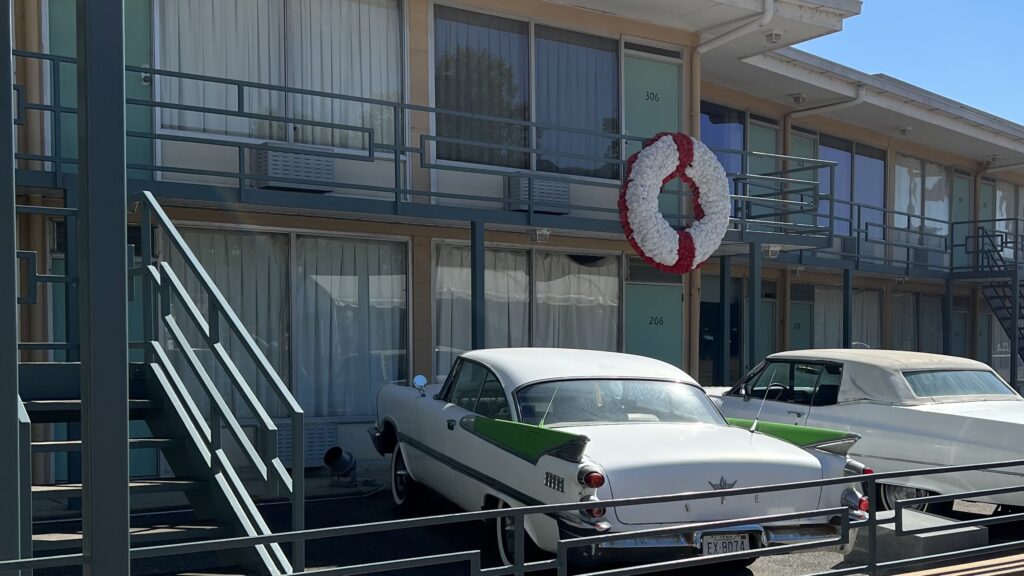When someone hears that you are working on something, your brand is what they think will happen. So, the question isn’t whether or not you need a brand, because you already have one as long as people hold some opinion of your work. The questions to ask are (1) what is the brand, (2) how consistent is it, and (3) how widespread is it.
The most important thing is that the opinion people have about you is generally positive, but there are a lot of options for what that is. It could be that people generally believe you are highly skilled. Or they could believe that adding you to a team is good because you help teams jell. Or perhaps adding you to a startup is a good idea because you have a large network of peers to recruit from who like to work with you. Or maybe you know a domain on a deep level. Each of these are examples of a positive brand, and they all can work well (or even better in combination). Whatever your brand is, it is built from your visible accomplishments.
So, in addition to accomplishing things, if you want those things to be part of your brand, make them visible. If the work can’t be public, then you could still make sure your team understands your contribution, ensure your manager understands it enough to use in a promotion packet, or talk about it on an internal blog. If the work is public, then having some public explanation of the benefits of that work is worth adding to it. If you use LinkedIn, I would say that this should show up in your headline, summary, and job history section. There is no need to make posts for this, but I do think having a trickle of LinkedIn activity is helpful to help people remember you or get them to look at your profile.
A positive brand is always helpful, but a consistent one becomes more important as your career progresses. You can’t always control exactly what you work on, but you can improve how that work is understood by using emphasis. I have done this on my LinkedIn profile and when applying for a job by making custom resumés and cover letters.
For most of my career, I concentrated on doing good work and having positive interactions. But it’s easier to communicate this by fitting that work into a narrative. I emphasize the parts of my career that are more likely to result in relevant work, and I expand it in direct conversation if it makes sense.
I’d like to think that this was all intentional, but it wasn’t really. This narrative is something I found after the fact. There are alternative brands that I could use, but don’t, like “FinTech Engineer” or “Mobile Engineer”, which are positive but not consistent with what I am trying to do. I don’t want to be hired to do those things, so it’s only important to talk about them if a specific engagement needs that in addition to what I try to sell. But, to get the job at Trello ten years ago, I emphasized the “Mobile Engineer” and “Startup early engineer” narrative and downplayed my management experience.
But when developers ask whether or not they need a brand, I think they are mostly asking about the “widespread” part. In that case, the answer is easy. No. You do not need a widespread brand. My career has been successful without one, and I think I’m the norm.
I am not well-known outside of my network. This is true even though I have written a book, spoken at conferences, been on some podcasts, written for tech publications, and worked on a fairly well-known app. To the extent that these things touched people outside of my network, I don’t think it resulted in a widespread brand. But, I do think the people that know me have a positive association with me in a way that is consistent with my narrative.
The more important thing is that your positive and consistent brand be widespread within your communities: inside your current employer, among your ex-colleagues, and among your clients. If you participate in developer online communities, then in there too. To the extent you are on social media, then among your followers, no matter how small a list that is.
Rather than working to grow your brand to strangers, I would first recommend you grow it within your network. The best way to do this is by doing good work in the way you want to be known. Then, build a consistent and widespread brand by tying it into the narrative you want people to have about you when they hear your name.
